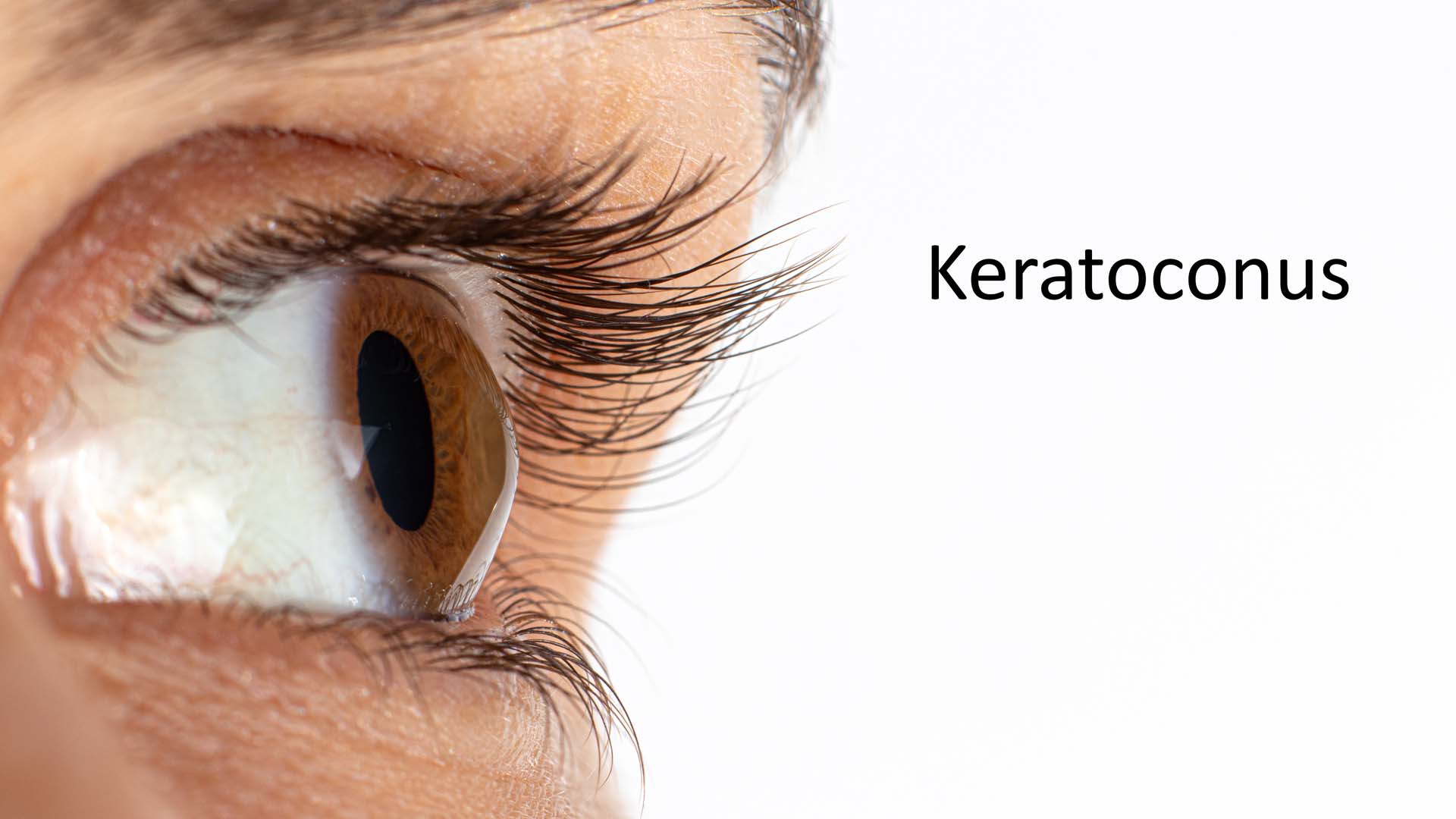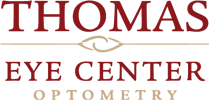
Keratoconus is a condition in which the cornea is cone-shaped making it irregular. It is a progressive thinning of the central corneal tissues. People that have moderate or advanced keratoconus may experience blurred, distorted vision and this cannot be corrected by glasses. The etiology of keratoconus is unknown, some cases are known to be hereditary, and others are due to environmental causes such as excessive eye rubbing. It can occur in both eyes, although one eye can be worse than the other. Keratoconus usually begins after puberty and is diagnosed by early 20s. It progresses slowly over many years.
Signs & Symptoms
- Frequent changes in glass prescription
- Increase in astigmatism correction
- Excessive eye rubbing
- Blurred vision even through best prescription
Here at Thomas Eye Center we use an autorefractor/keratometer for the work up of every single patient, which generates measurements of the central corneal curvature. As keratoconus progresses over time, the curvature readings become steeper and begin to appear irregular. We also use an instrument called a corneal topographer to measure corneal shape, and monitor changes in people we suspect to have keratoconus.
The best treatment for keratoconus patients to achieve the best vision is rigid gas-permeable contact lenses (RGP/hard contacts). These lenses usually have to be custom made to provide the optimum fit over the irregular corneal surface.
Corneal Collagen Cross Linking
In 2016, the FDA approved corneal cross-linking to treat patients with progressive keratoconus. It is a non-invasive procedure performed with vitamin B2 (riboflavin) eye drops and a special wavelength of light. The purpose of this procedure is to strengthen the cornea, slow down progression, prevent further deterioration of vision, and overall help patients improve their vision.
